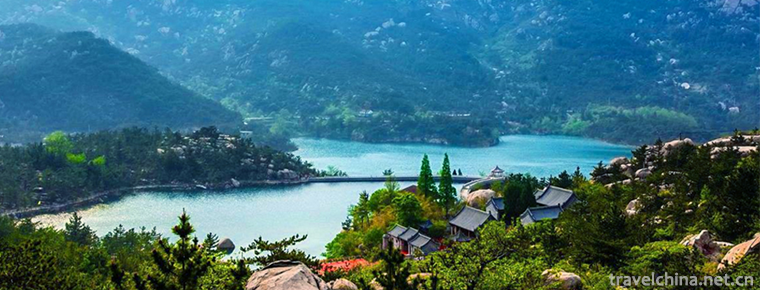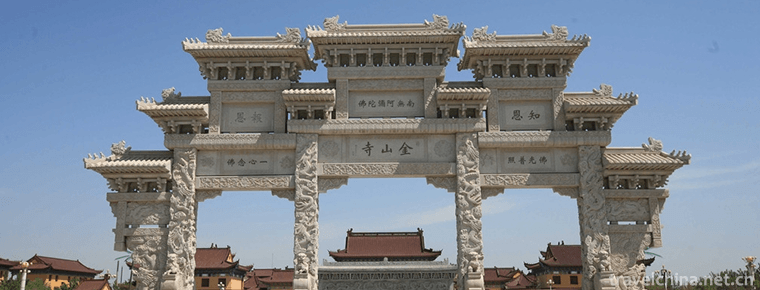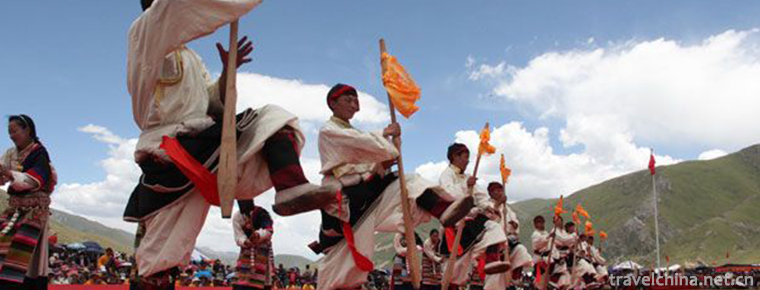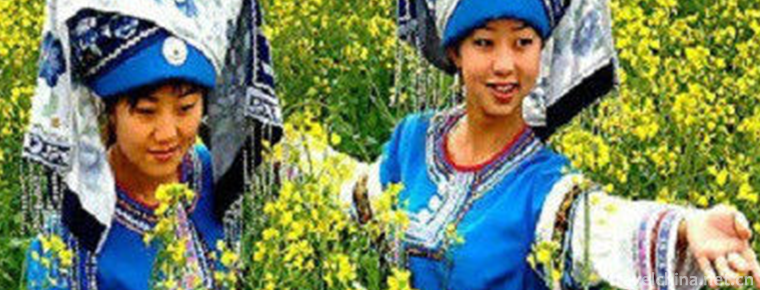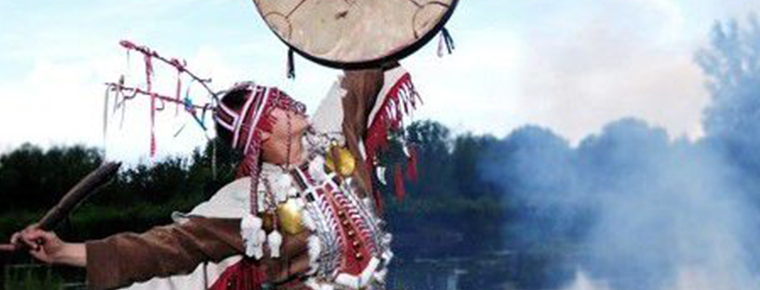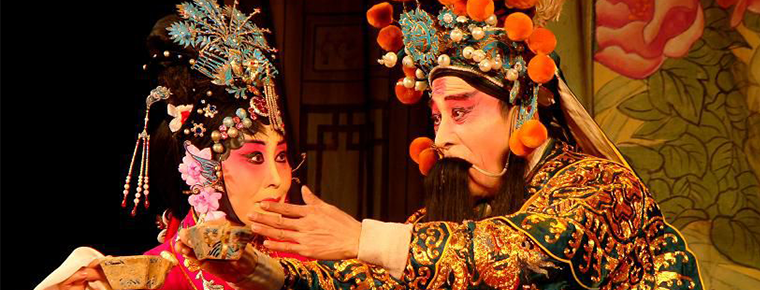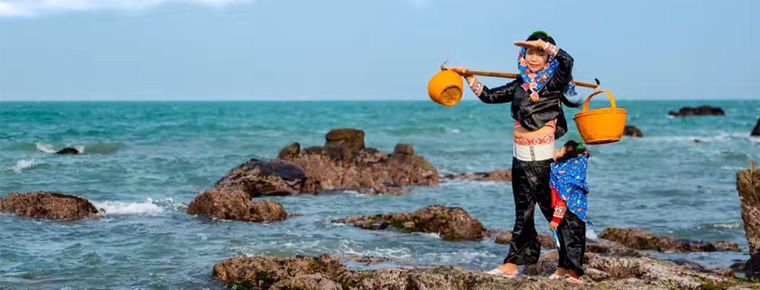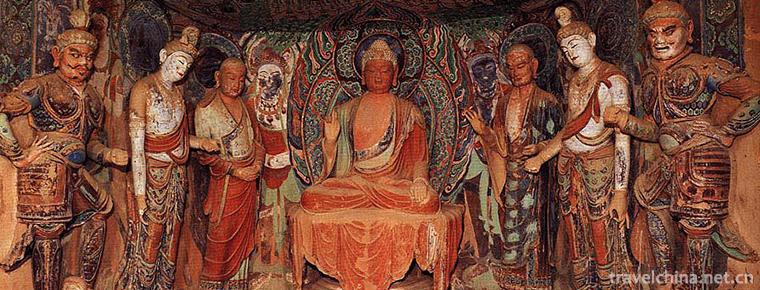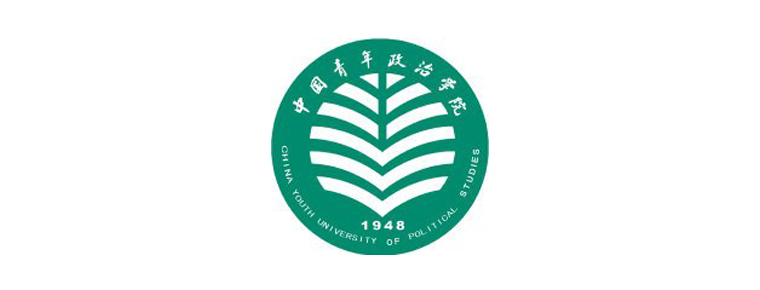Xibo Folk Stories
Xibo Folk Stories
Xibo folk tales, Xibo people are descendants of Xianbei people in ancient times. Xianbei was originally nomadic in the eastern foot of the Great Hinggan Mountains, and has been hunting and fishing for generations. After being incorporated into the Eight Banners of Mongolia in the 16th century, its social organization changed dramatically and its production turned into a stable agricultural economy. In the mid-18th century, in order to consolidate the frontier defense in Northwest China, the Qing government moved part of the Xibo people to Xinjiang. Later, these Xibo people settled in the Yili Valley and opened up their second homeland. Mysterious legend of ancient times: According to Xibo folklore, Xianbei, the ancestor of Xibo, lost his way in Xianbei Mountain (now Daxing'an Mountains) and was trapped in the mountains when he moved south in ancient times. Later, there was a kind of god beast in front of the road is to get out of the mountains, before they came to the southern Daze (Hulun Buir Grassland). This kind of animal, like a tiger and five claws, like a beaver and green, big as a dog and fast walking. Xibo people retain the custom of offering "Xianbei beast" (Rui beast). The mammoth pattern will be drawn and hung on the West or north wall of the living room. Over time, it will become the symbolic pattern of Xibo nationality.
On May 23, 2011, the Xibo Folk Stories declared by Shenyang, Liaoning Province, were listed in the third batch of national intangible cultural heritage list with the approval of the State Council.
historical origin
In this windy and sandy northwest, the industrious Xibo people dig mountains and build canals, and build more than 100 kilometers of Chabchal Canal. The murmuring water makes the desert wilderness a beautiful and abundant place with verdant trees, melons and fruits.
Xibo people are famous for their brave riding and shooting. Many excellent archers have emerged. They have their own language and writing. The language belongs to the Manchu branch of the Altaic Manchu-Tungusic language family. They have made extensive contact with and absorbed the literature and art of their brotherly nationalities through translation. Dozens of works, such as Records of the Eastern Zhou Dynasty, Romance of the Three Kingdoms and Journey to the West, were translated into Sibo several hundred years ago and spread widely.
artistic characteristics
Xibo folk tales are an important part of minority literature in China. From this we can see the social life, belief customs, literary imagination and national psychological characteristics of the ancient Sibo people. There are many connections and similarities between Xibo folk tales and other brotherly folk tales. In the use of language, because of the use of Sibo language, it retains a unique style.
Inheritance and Protection
Since the discovery of Xibo folk tales, five long narratives about the oral inheritance of the He Junyou family, the life of Xianbei tribe and its heroic epics of the Xibo ancestors were collected, collated and officially published in Yuhong Cultural Museum. In 2009, Xibo folk tales were listed in Liaoning Province's non-heritage protection list; in 2011, they successfully entered the third batch of national non-heritage list; He Junyou was recently publicized as the national representative successor of the project.
After Xibo folk tales were included in the list of non-survivors, local cultural departments attached great importance to organizing professional teams to rescue and protect this cultural heritage. At the same time, in conjunction with postgraduate students majoring in folklore of Liaoning University, two 600,000-word "He Junyou Xibo Long Stories" were collated and published in three years.
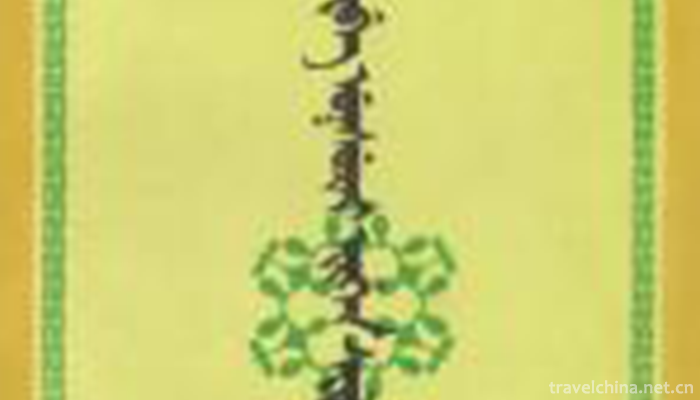

Xibo Folk Stories
-
two dragons mountain Erlongshan
Erlongshan is the first national AAAA class tourist area, known as "Harbin East Garden", located 50 km east of Harbin, 127 degrees east longitude 27 minutes 41 seconds, 45 degrees north lati
Views: 189 Time 2018-12-22 -
Island Jinshan Temple
Jinshan Temple, located in the northern part of Qingyun County, Dezhou City, Shandong Province, was built in the Sui Dynasty and flourished in the Tang Dynasty. It is said that the island Jinshan Temp
Views: 143 Time 2019-01-13 -
Tianjin Water Park
Tianjin Water Park, formerly known as Qinglongtan, as a scenic resort, can be traced back to the beginning of the last century. It was officially opened to tourists on July
Views: 192 Time 2019-02-21 -
A harmonic
A harmonic, also known as Dabu Ah Hsiang, means "the song of laborers", originated from a form of labor called "Da Ah Hsiang" among Tibetan people.
Views: 247 Time 2019-03-29 -
Bouyei Pange
Bouyei Pange is a traditional folk song of the Bouyei nationality. It is a folk literary work created and sung in the original Bouyei language. Bouyei Pange is popular in Buyi villages
Views: 134 Time 2019-04-04 -
Shaman Dance of Ewenki Nationality
Shaman dance of Ewenki nationality is a traditional dance of Ewenki nationality. It is a national cultural heritage of China and is spread in Genhe region of Inner Mongolia Autonomous Region.
Views: 174 Time 2019-04-28 -
Fishing Drum of Hongze Lake
The fishing drum of Hongze Lake, also known as Duan Encouragement, is a form of dance in which the singing and dancing were combined in a specific area when the old Shenhan burned paper for fishermen
Views: 232 Time 2019-05-03 -
Huai tune Huai Diao
Huai Diao, also known as Huai Diao, also known as Zhanghe Old Diao, is one of the national intangible cultural heritage.
Views: 378 Time 2019-05-04 -
Huian womens clothing
Hui'an women refer to a group of special folk women on the coast of Huidong Peninsula, Hui'an County, Quanzhou, Fujian Province. They are famous at home and abroad for their unique clothes and diligen
Views: 241 Time 2019-05-04 -
Clay sculpture
Clay sculpture, commonly known as "color sculpture" clay sculpture art, is an ancient and common folk art in Chinese folk tradition. That is to say, a kind of folk handicraft made of clay mo
Views: 158 Time 2019-06-07 -
China Youth University of Political Studies
China Youth University for Political Science (China Youth University of Political Studies) is located in Beijing. It is the state-level "Communist Youth League Central Research Center for the the
Views: 120 Time 2019-12-25 -
Jinhua Alsophila Nature Reserve
Jinhua Alsophila spinulosa nature reserve is a provincial nature reserve approved by Sichuan Provincial People's Government in 1987. In sifangjinggou, Jinhua Township, 48 kilometers southwest of Rongxian City
Views: 170 Time 2020-10-15
